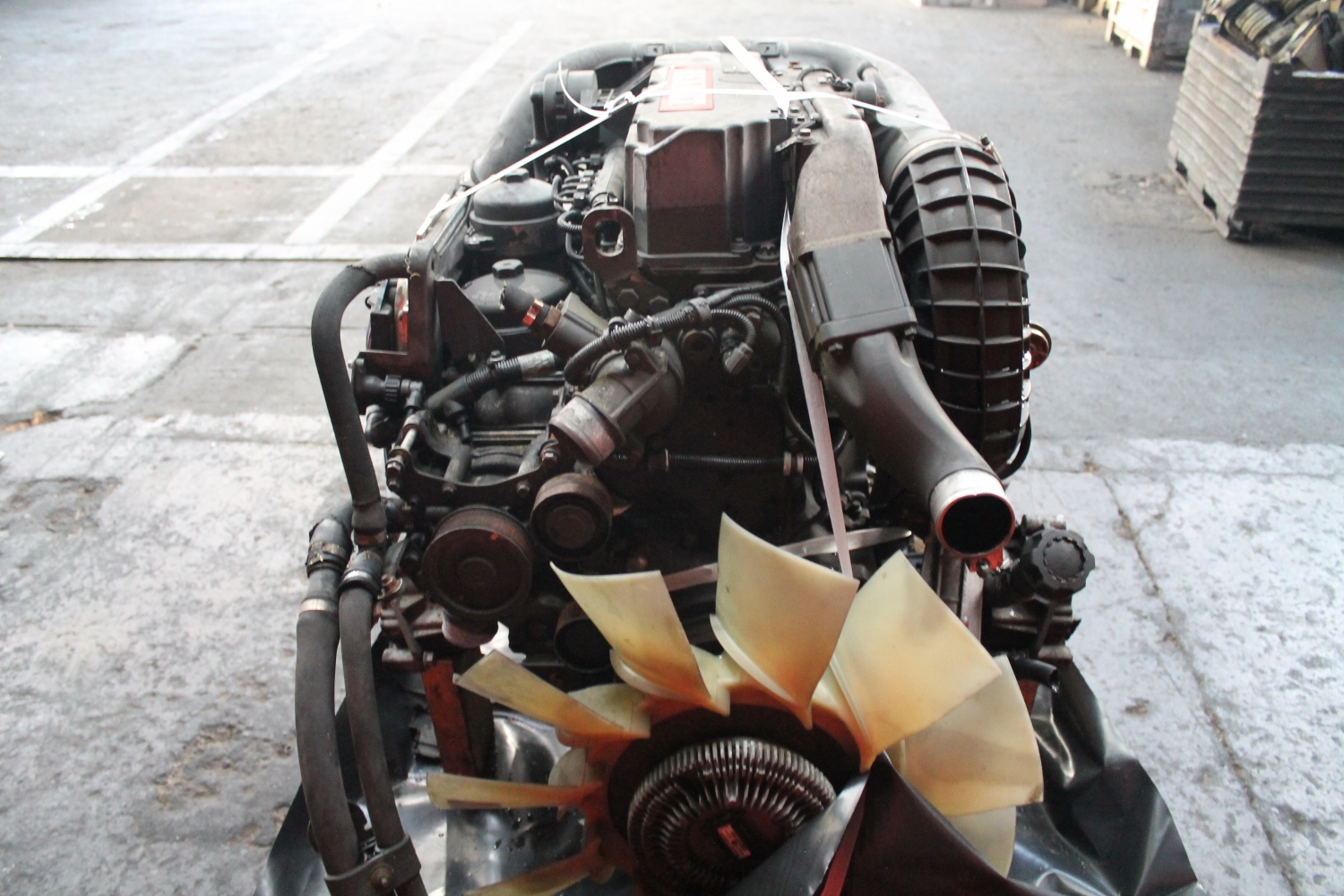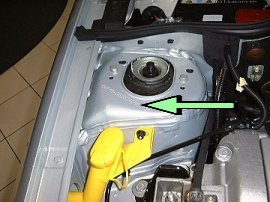

For the European market, small cars were the future because they were cheap to buy and maintain. The first project made by the new company was the small 4CV, but it was postponed until after WWII. With worker strikes plaguing all of the country, Renault was nationalized by the government in 1945 in order to keep it from going bankrupt like Citroen had done some years before. Busses, lorries, electric railcars, tractors and even airplane engines, all were now coming out of the Renault plant. That's why it started expanding into other areas, basically building anything with a motor attached to it. The company was forced to cut costs, reduce staff and become more efficient in production. He also modernized the factory, emulating Ford and his plant, introducing assembly plants in 1922.ĭuring the economic crash of the 30s, all car manufacturers had to suffer and Renault was no exception. After the economic crisis, he wanted to become more autonomous and started buying all sorts of businesses that provided him with the materials and parts needed to make cars. Instead, he focused on bringing Renault carts to more European markets and even over to the Americas.Īs the gap between the United States and Europe widened because of the war and the economic crash, Renault sought to improve production and to lower costs. In 1903, Marcel, one of the Renault brothers died in the Paris to Madrid race in a crash, a hard blow both for the company and for Louis who would now assign professional drivers to race for Renault. That was also the year that Louis designed his first engine, a four-cylinder, which gave out 24 HP. The model line-up now had several models, including the first saloon in 1902. The company quickly developed and set up shop by the Seine. People watching the races made orders despite the fact the cars were expensive for the time.


A number of victories earned them the notoriety they were searching for. Louis also understood that it would be only through racing that he would make the Renault name known to the world so he entered his vehicles in city-to-city races where his brothers acted as drivers. From the very beginning, Louis managed to show innovation when he invented and later patented a direct drive system on his De Dion-Bouton tricycle which he already turned into a four-wheel vehicle. The brainchild of an enthusiastic engineer named Louis Renault, the company was created in association with his two brothers who ran the financial side while he took care of the “mechanics”. A business started by 3 brothers in France in 1899, has turned decades later into a very profitable business, considering that now Renault is the 4th largest automaker in the world thanks to its partnership with Nissan.


 0 kommentar(er)
0 kommentar(er)
